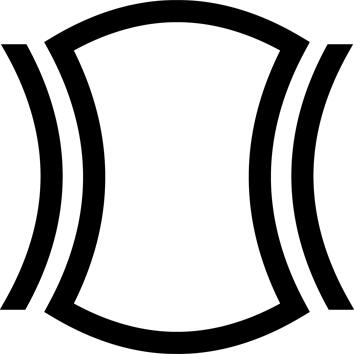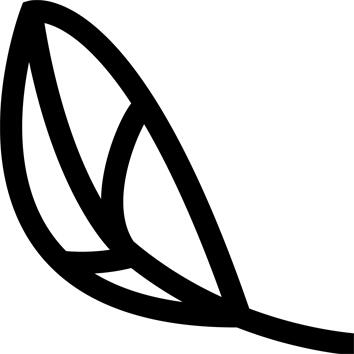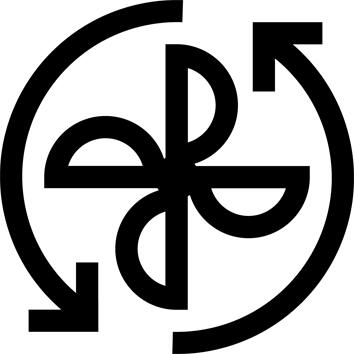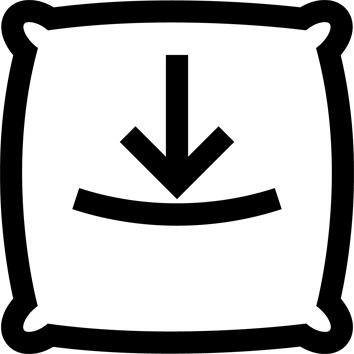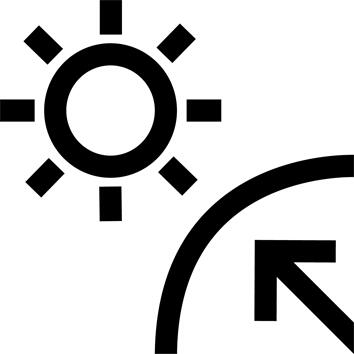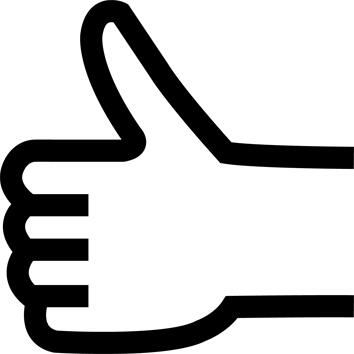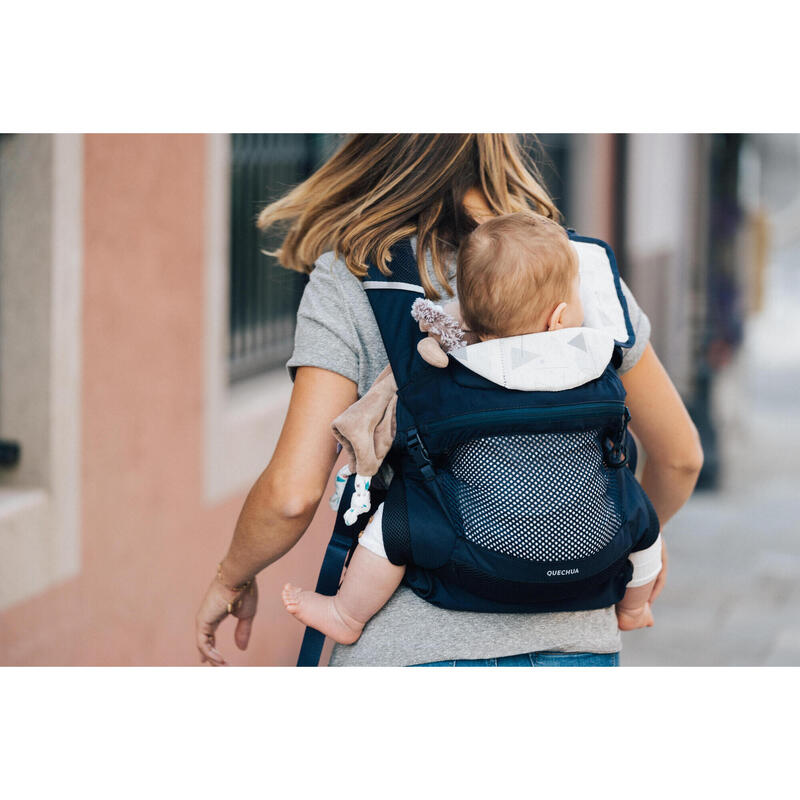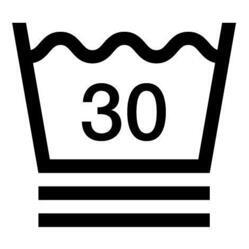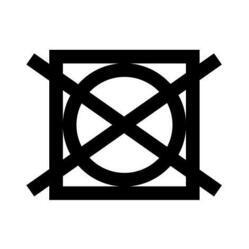WITH WHOM DID WE CO-DEVELOP THIS BABY CARRIER?
At Quechua we have the technical know-how for backpacks.
To further our expertise and develop this baby carrier, we have teamed up with experts in the physiology of young children:
A babywearing instructor
A midwife
A physiotherapist
An osteopath
Thanks to them and to the participation of our community of backpacking parents, we have been able to co-validate with our R&D center an ergonomic posture label to guarantee your child's comfort and yours.
SAFETY (STANDARD)
NF certification in compliance with safety requirements: NF EN 13209-2:
soft baby carrier
When using the carrier for the first time, we advise you to enlist the help of a third party, or to sit on top of the carrier in a secure area.
We have chosen to use a 2-point buckle to close the waistbelt, so that it can be opened with just one hand.
A safety device is provided in the event of incorrect closure (make sure you hear the CLICK when you close), thanks to an elastic band to be looped over the top.
NOTICE
Read the instructions carefully before using for the first time.
Feel free to consult our videos with tutorials made by a babywearing instructor (QR code on the box).
WHAT IS PHYSIOLOGICAL BABYWEARING?
Above all, it's a moment of sharing with your child, beneficial for his or her development, which allows respect for:
.The posture and morphology of both baby and parent.
.Physical safety (no risk of falling) and respiratory safety (no head too close to the parent)
- Baby's and parent's comfort
- Baby's evolution (according to his motor development, age, size...)
And above all, a means of getting around on any terrain, right from your baby's earliest years.
2 PHYSIOLOGICAL CARRYING POSITIONS
Our baby carrier allows 2 ergonomic positions, validated by our health experts:
.in front of you, from 9 months or when your child can sit up on his own (natural hip spacing respected).
.on your back, from the moment his weight could disturb your balance and up to 15 kg (standard).
Advised by our partner babywearing instructor, we have renounced the "facing the world" position, which is not physiological and therefore not recommended for young children.
HOW TO SEAT YOUR CHILD CORRECTLY ERGONOMIC POSTURE
- His knees are bent and at least at the same height as his buttocks
- His pelvis is tilted and in the same alignment as his shoulders.
- His back is slightly rounded (to avoid his head being too snuggled up against the parent)
- His head is turned to the side to clear the airways.
- Baby is placed at "kissing height": to do this, the belt is not placed on his hips, but at the necessary height to be able to kiss his forehead just by lowering his head.
EASE OF ADJUSTMENT
We have tried to limit the number of adjustments to make our model as easy to use as possible:
- 1 strap to adjust the waistband (with removable foam reinforcement for the strap if uncomfortable).
- 1 strap to adjust each of the 2 shoulder straps
- 2 hooks and the foldable headrest to adjust the height of the apron (which should reach the nape of your child's neck when small)
- one dorsal/pectoral strap to connect the 2 shoulder straps
- 2 "thumb-rest" buckles
CLEVER STORAGE
So that you and your child can go on outings independently without having to take a bag, we've designed our model with :
- 1 large pocket with closure for diapers/wipes/snacks and a hook for securing your keys
- 1 elasticated over-pocket for your child's hat
- 1 water bottle holder
- 1 phone pocket
Clever little extra: 2 removable bibs (cotton outside/waterproof inside) for when baby chews the straps, easy to wash.
WHERE DO OUR BABY CARRIERS COME FROM?
Created in our international design center at the foot of Mont Blanc, in France, this baby carrier is then manufactured by our suppliers in Vietnam and China.
These are partners who possess real know-how in the manufacture of our baby carriers, and with whom we work closely.
This relationship of trust with our industrial partners enables us to create high-quality technical products.
